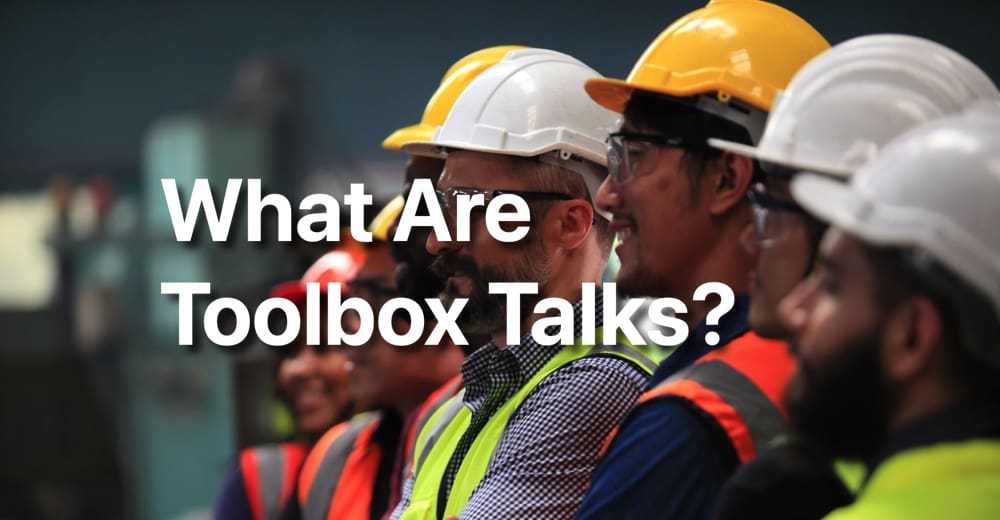What are Toolbox talks and why do I have to do them?
Introduction
The definition of a Toolbox Talk – An informal meeting that focuses on Health & Safety topics related to a specific job that is on site, such as workplace hazards and safe work practices. These meetings are normally less than 10 minutes (kept short) and are normally conducted at the job site prior to the job or shift starting.
Why do i have to do them? – Toolbox talks are a quick way for you to communicate to all workers on a particular site, safety work practices that are applicable to them.
Where can you get them – You can download 70 toolbox talks free using this link
Importance of toolbox talks in the workplace
Toolbox talks are focused discussions about safety topics that provide valuable insights and practical guidance that can help prevent accidents and injuries on site.
Toolbox talks can significantly enhance the safety culture onsite when conducted regularly.
Understanding the purpose of toolbox talks
The primary purpose of toolbox talks is to enhance workplace safety through education and communication. The talks are designed to inform workers about potential hazards they may encounter while performing their duties.
Organisations can create a shared understanding of risks and the importance of adhering to safety protocols by engaging the site teams in conversations about safety. This collaborative approach helps to foster a culture where safety is everyone’s responsibility, leading to a more informed and vigilant workforce.
Key elements of a toolbox talk
The topics discussed directly relate to the tasks and hazards at the worksite. For example, if drainage trenches are to be excavated on site, the site supervisor can talk about the dangers, hazards, good practice and working close to deep excavations, to keep people safe.
How to conduct a tool box talk
Conducting a tool box talk requires careful planning and execution to maximise its effectiveness.
Gather necessary materials to support the discussion, such as handouts, visual aids, or tools illustrating the subject matter. Being well-prepared allows the supervisor to engage with the audience confidently.
Next, choose an appropriate setting and time for the tool box talk. Selecting a location free from distractions is essential, allowing participants to focus on the discussion.
Creating a comfortable environment where employees feel comfortable sharing their thoughts and experiences will lead to a more productive conversation.
The supervisor should encourage open communication and interaction among participants during the talk. Start with a brief introduction of the topic, followed by an engaging discussion inviting workers’ input and questions.
Use real-life examples to illustrate points and encourage employees to share their experiences related to the topic.
Tips for creating engaging and interactive tool box talks
Creating engaging and interactive tool box talks is essential for maximising their effectiveness. One key tip is to incorporate multimedia elements into the discussions. Using videos, slideshows, or infographics
Incorporate real-life case studies, sharing stories of actual incidents, whether from your own experiences or from industry examples,
Consider incorporating hands-on activities or demonstrations into tool box talks. Engaging employees in practical exercises, such as proper lifting techniques or the correct way to use safety equipment, can reinforce learning and enhance retention.
Conclusion
Harnessing the power of tool box talks for a safer and more productive worksite
In conclusion, tool box talks are an invaluable tool for enhancing safety and productivity on any worksite.
By fostering open communication and engaging employees in discussions about potential hazards and best practices, organisations can create a culture of safety that resonates throughout the workforce.









